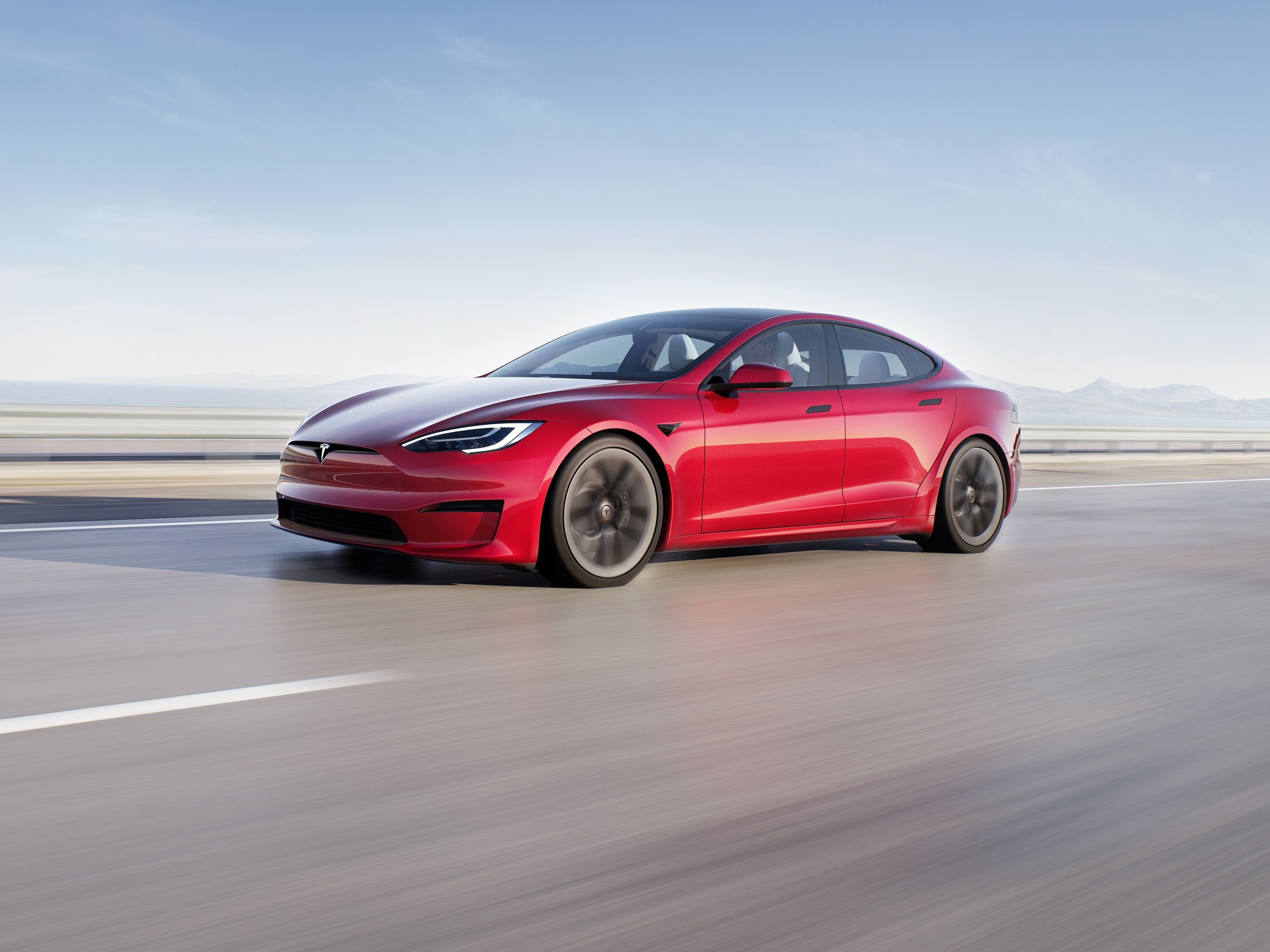
Back in 2019, the National Highway Traffic Safety Administration (NHTSA) received a proposal from the Alliance of Automobile Manufacturers and Global Automakers. The two have since merged to become the Alliance for Automotive Innovation, but that doesn't matter. What does matter is the proposal they submitted, which suggested that hybrids and full-electric vehicles be equipped with several varying pedestrian alert sounds. The idea was that, by allowing drivers to pick the warning sounds that their cars make as they can in a Tesla Model S, more people would be encouraged to embrace EVs. But the NHTSA has now ruled that the proposal has been scrapped due to a "lack of supporting data."
That's right, EVs as a class will be easy to identify, but individual cars will be nearly impossible to differentiate between based on sound alone.
Why was this proposal rejected? "The great majority of the comments on the [Notice of Proposed Rule-Making], including those submitted by advocacy organizations for the blind and by people who are blind or who have low vision, did not favor the proposal to allow hybrid and electric vehicles to have an unlimited number of different pedestrian alert sounds," said the NHTSA. "Most of those comments favored more uniformity, rather than less, in the number and types of alert sounds allowed."
Essentially, these people contend that too many types of sounds will make it difficult for one to identify that it is, in fact, a car approaching. Imagine if each cop car had a different type of siren or different colors in its light bars?
Interestingly, despite the fact that the NHTSA cites those with vision impairments as opposed to the idea of varying pedestrian warning sounds, the 2019 proposal was supported by the National Federation of the Blind. Why? Well, the federation noted that "without the option to select an alternative compliant alert sound, consumers who dislike the alert sound that is initially equipped with their vehicle may seek to disable the alert sound altogether," reports Automotive News.
Fair point, but the preferences of those who do not wish to obey the law should not be part of the decision. Uniformity of sound will certainly help one be certain that a car is approaching, and regardless of any legislation or the efforts of manufacturers, there will always be those who modify their cars in an unsafe manner. Also, expanding on our earlier analogy, imagine if a HEMI V8 sounded as it does, but a Ford V8 sounded like birds tweeting? Imagine an LS motor sounded like waves on the shoreline? How would you know that a car is coming? You wouldn't.
The bigger issue is that of which sounds to use. At the recent Pikes Peak International Hill Climb, electric entrants were equipped with sirens similar to those used by fire trucks. This obviously won't be possible for road-legal cars in the future, but a monotonous sound would likely be ineffective too. Manufacturers must get imaginative. In time, we're sure that bespoke soundscapes will both adhere to the law and allow consumers to customize to their hearts' content.
What we do know is that the NHTSA has said all vehicles of the same make, model, model year, body type, and trim level must have the same alert sound. This should help us know when a fast car is approaching, when it's a hulking big SUV, or when it's an electric bike. Certain types of sounds are not specifically prohibited, but the standard's technical requirements do suggest that "natural sounds" and sounds that mimic animals likely won't be legal. This is a good thing, without a doubt, leaving few opportunities for confusion.
Another problem that needs to be addressed is that of the NHTSA's rules for minimum sound requirements. These are designed to help pedestrians, bicyclists, and others detect a car's presence, thereby helping to prevent low-speed crashes. This standard says that these pedestrian warning sounds need only work at speeds below 18.6 mph. If you've ever driven an EV or been near one while it's on the move, it's clear that, unless it's positively hooning, tire and wind noises alone aren't enough to alert road users to its presence. Heck, even the bicycle in the video below is almost undetectable until it's right on the camera. Yet the NHTSA says that these factors are enough.
We'll see what happens when some old lady crossing a street gets hit by an autonomous car doing 25 mph. Whatever the future holds, we still have a long way to go before we're ready for a fully electric mobility sector.
